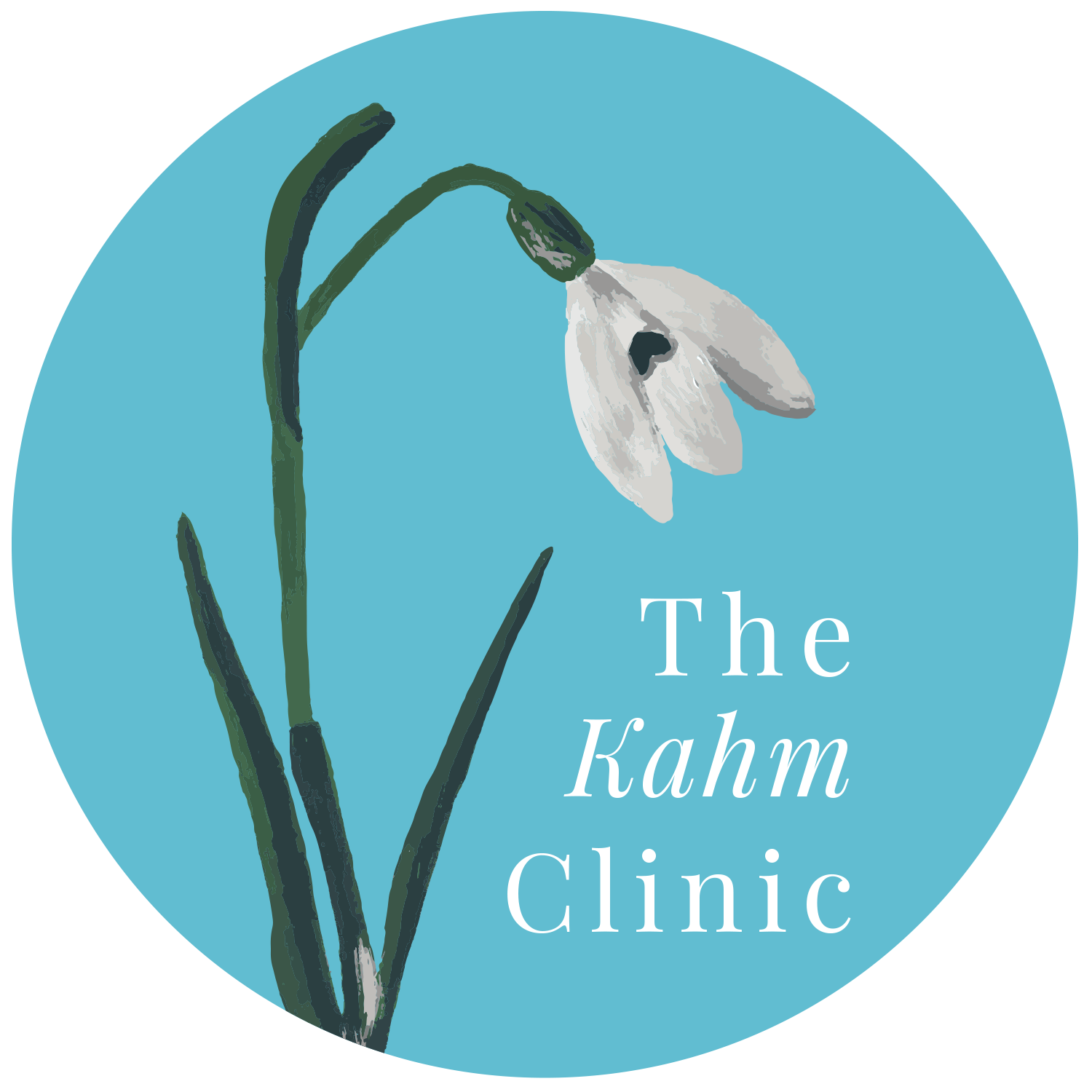How to Navigate Fullness in Eating Disorder Recovery
When it comes to eating disorder recovery, just because your body feels full doesn’t mean it doesn’t need the food. In a recent YouTube video, nutritionist Michelle Ritter, MS, RDN, NASM L1 CPT discusses why fullness is such a prominent feature of eating disorder treatment and shares four ways that The Kahm Clinic helps clients manage this obstacle during the recovery process. As she says, “We want our clients to feel as confident and comfortable as possible with their meal recovery plan.”
Why Fullness Is Difficult for Clients to Manage During Eating Disorder Treatment
Below, let’s consider two reasons why fullness may limit a client’s ability to meet their nutritional needs.
Your body requires more than 100 percent of your nutritional needs: When you’re in metabolic recovery, our goal is bigger than just fueling your body for the day itself. We’re also working to fill a backlog of missed nourishment during periods of under or inconsistent eating. “We’re feeding you significantly more than what your body needs in a single day, which is why that feeling of fullness is so persistent,” Michelle explains. While this process is a struggle for many clients, it’s important to know that, over time, your body adapts. As you get closer to full recovery, we can modify your nutritional plan and switch into intuitive eating to give you some relief.
Your normal fullness cues are offline: As a result of your eating disorder, the energy regulation system in your body is out of whack. Without proper hunger and fullness signals, your body can’t identify an appropriate level of fullness. It can make you feel full early into a meal, which is challenging. The more we force your body to overcome this issue of fullness, the sooner your energy regulation system will come back online and start giving appropriate cues.
How We Navigate Fullness at The Kahm Clinic
Here are four ways that we navigate fullness in eating disorder treatment at The Kahm Clinic.
We focus on smaller, more frequent meals: Rather than three big meals per day, we encourage our clients to start off with five or six smaller meals. We make sure those meals are nutritionally-adequate and nutritionally-dense. With this approach, the body won’t reach quite the level of fullness that it would with three bigger meals.
We moderate fiber servings: We’re also careful to avoid large portions of fiber. “We certainly want to incorporate a salad or side of vegetables — they’re so high in vitamins, antioxidants, and minerals — but we want to make sure that the portion is appropriate for the meal size,” Michelle shares. “We don’t want it to overtake the meal and cause that feeling of fullness without getting the calories that you need.” Instead, we prioritize carbohydrates, protein, and fat during meal time.
We try to avoid overhydration: It’s important to keep an eye on beverage intake. Filling the stomach with fluid can easily lead to feelings of fullness, especially if you start eating shortly after finishing a high volume of liquid.
We recommend nutritional aids and supplements if needed: When necessary, there are supplements that can help clients digest their meals faster. Additionally, we can suggest shakes, like Orgain, Ensure, or Boost, that can increase overall calories without taking up too much space in the stomach. They can serve as a meal replacement option or as a meal top-off if a client feels like they can’t eat any more food.
“If this issue is one that you’re struggling with in treatment, it’s totally normal. It’s really uncomfortable and one of the hardest pieces of eating disorder recovery,” Michelle shares. “Just remember that what you’re dealing with is temporary and you will reach the other side.”
Check out The Kahm Clinic’s YouTube channel for more insightful videos from our team!
To talk to a professional about whether or not intuitive eating is the right fit for you, please schedule an appointment at The Kahm Clinic.

